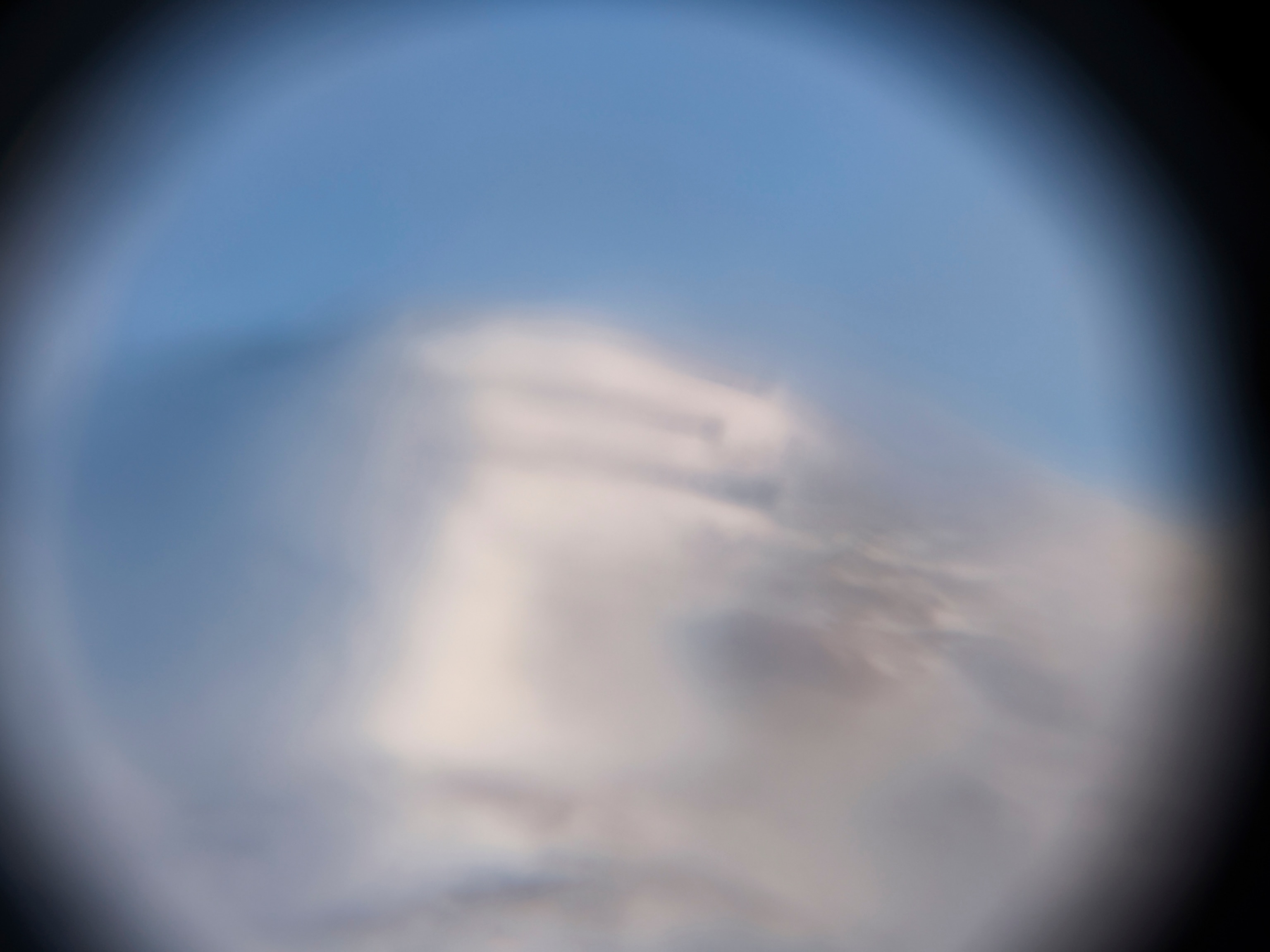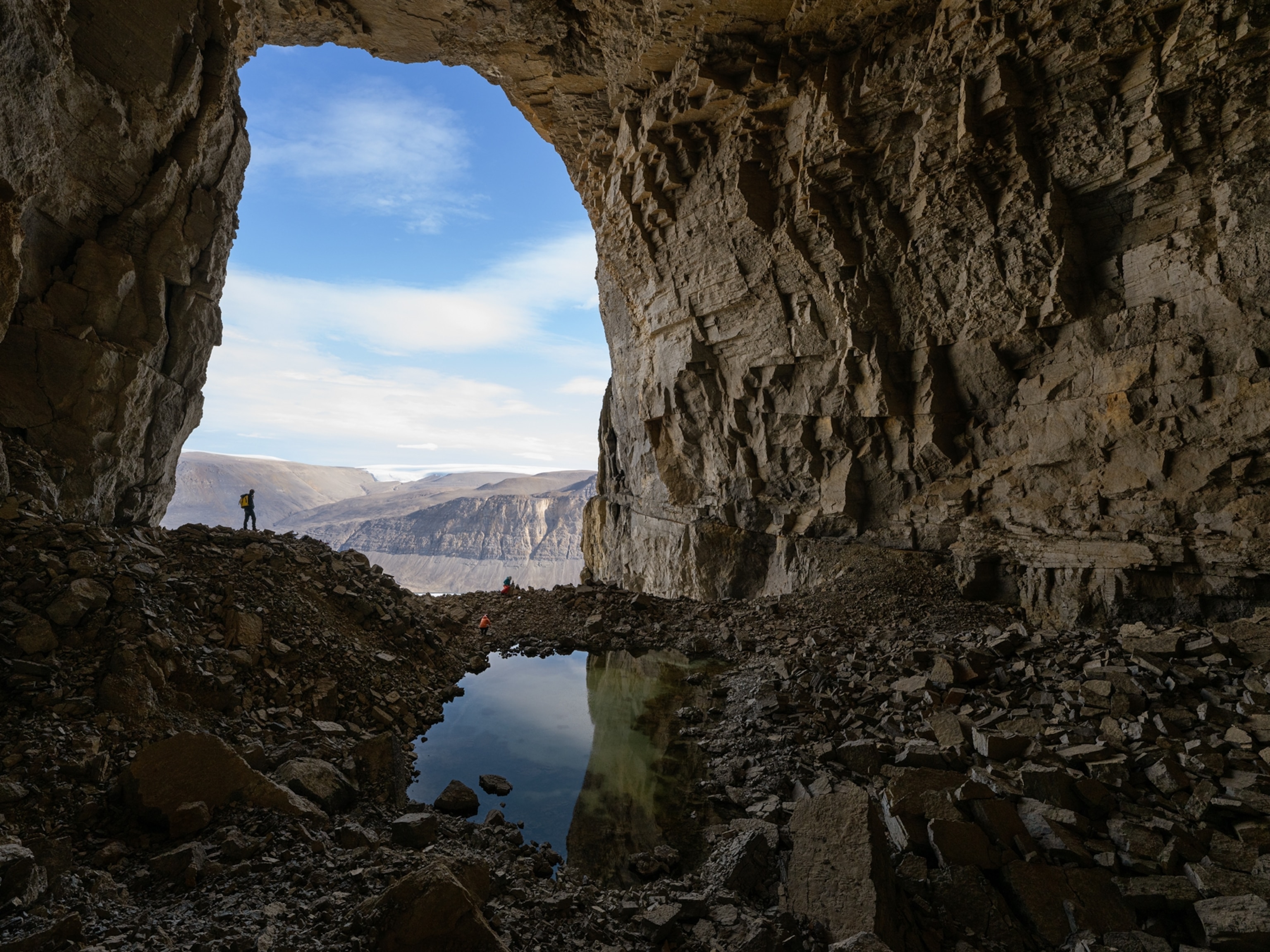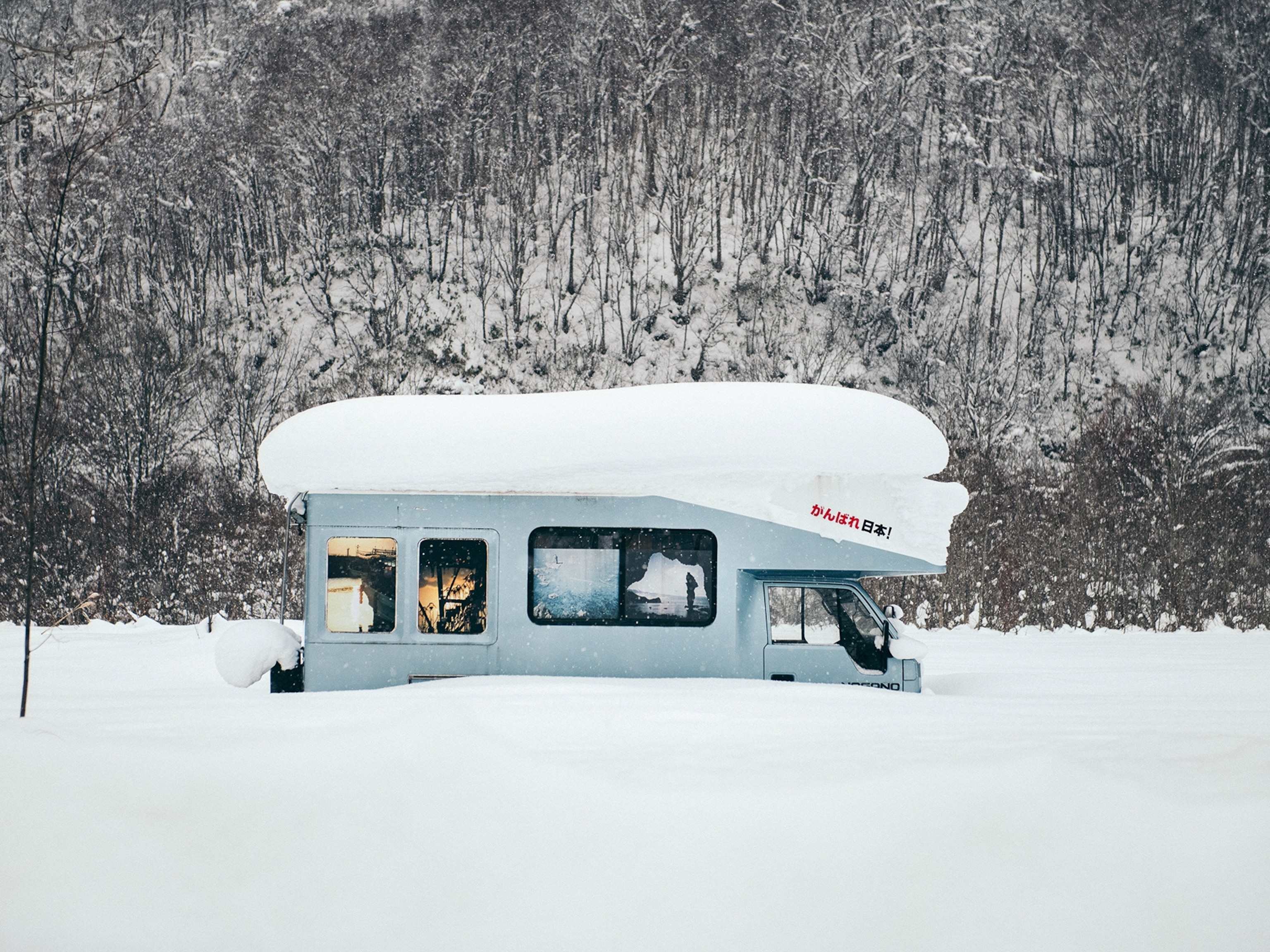"Chasing Ice" Photographer Focuses on Melting Glaciers in Antarctica
Explorer James Balog took a trip south to record melting ice in Antarctica.
Arctic exploration opened James Balog's eyes—and the world's—to the changes wrought in northern ice by a warming climate. Since 2007, he's deployed solar-powered cameras alongside glaciers in Greenland, Iceland, Alaska, and the Rocky Mountains to produce irrefutable visual evidence that ancient glaciers are disappearing.
Now, the photographer behind the award-winning documentary Chasing Ice has headed south. (See "A Night of Exploration.")
Traveling to the Antarctic aboard the National Geographic Explorer, his team spent the month of February installing nine time-lapse cameras that will take pictures of the Antarctic glaciers roughly once every hour during daylight—capturing about 4,000 images of the ice over the next nine months.
National Geographic spoke remotely with the explorer as he made his way back from the expedition.
Why did you head to Antarctica?
Our project, the Extreme Ice Survey, has been looking at retreating ice in the Northern Hemisphere. I always wanted to have cameras down here in the Southern Hemisphere, on the Antarctic Peninsula and on South Georgia (Island). And this expedition has given us a fantastic opportunity to do just that.
How can cameras last through an Antarctic winter?
The cameras are mounted on bedrock, whether vertical cliffs or flat slabs of rock, alongside these glaciers. They are bolted in with solid rock anchors and guided down against the ferocious Antarctica winds by stainless steel aircraft cable.
They're quite stable, yet they vibrate quite a bit in the winds. And we've seen them as these hurricane[-strength] winds come hammering down these fjords, seen them quiver like a guitar string.
How does the National Geographic Explorer help you "chase ice"?
The Lindblad Expeditions National Geographic Explorer is a fantastic ship for doing this kind of work. It covers a lot of ground; it gets us to faraway places that are otherwise very time-consuming and/or expensive or even impossible to get to.
So, from this ship, our whole team, four men, can get off, install the cameras quickly, find out what is going on with the landscape, get back on the ship, and touch another landscape in less than 24 hours. (Read "James Balong on Disappearing Glaciers.")
And we can do it, frankly, with a good solid roof over our head and three solid, good meals a day. And I have to say that I don't mind that.
What will the Antarctic Peninsula show that the Arctic didn't? Or can't?
The Antarctic Peninsula is one of the world's most important places for telling the story of a changing climate. Palmer Station, the U.S. research base, has seen winter temperatures warm by 11 degrees Fahrenheit (6 degrees Celsius) in the past 50 years. The average year-round temperature has warmed up by 5 degrees Fahrenheit (2.8 degrees Celsius).
Those are enormous rates of change, tremendous rates that are on par with the most severe warming seen anywhere in the Northern Hemisphere, including the U.S. Southwest and the Arctic Ocean basin. This is a big, important landscape, and I'm really happy that we get the chance to tell this story. (See "Visible Proof of a Warming Planet.")
What finally got you down to Antarctica?
The immediate catalyst of this project was Sven [Lindblad, founder and president of Lindblad Expeditions, an alliance partner of the National Geographic Society] coming to the New York premiere of Chasing Ice in October 2012.
And he said, "You know, this is the time when you really ought to get down there with us and use the ship to deploy some cameras and see these landscapes down there." . . . I'm really, really glad that I finally took him up on this amazing offer because it has been so much fun, a fantastic voyage with some really memorable moments.
What else bears mentioning about this effort in the Antarctic?
With nine more cameras times roughly 4,000 frames a year, we start racking up quite a few extra shots quickly. And sometimes it feels overwhelming, to have all that material, to archive and store and try to make sense out of.
But I keep focusing on the fact that this is a really important historical document that records a landscape that is transitory, that is changing. And in its current form, [it] will probably disappear by the time my 12-year-old daughter and my 25-year-old daughter reach my age.
(Watch a video of Balog talking about his passion for documenting disappearing ice.)
Follow Dan Vergano on Twitter.





